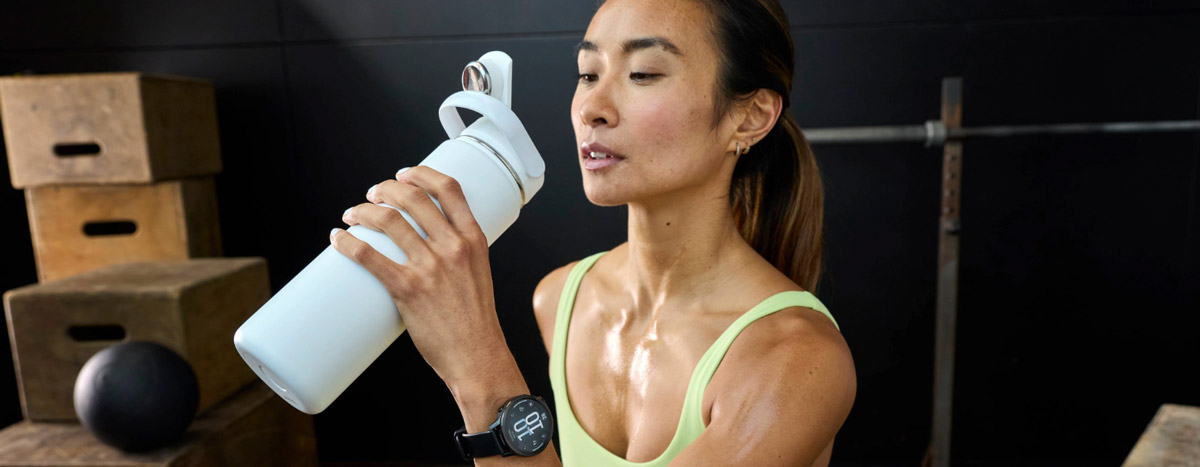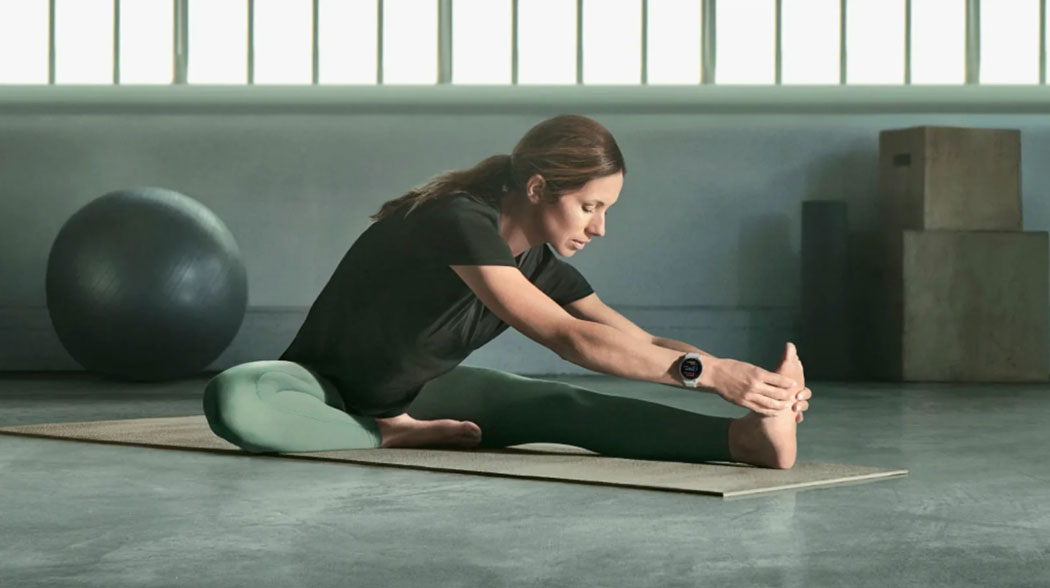Your heart doesn’t beat at a perfectly steady pace, and that’s a good thing. The variation in the timing between each heartbeat is known as Heart Rate Variability (HRV), and it can reveal a lot about how your body is coping with stress, recovery and your overall wellbeing.
What is HRV?
HRV is the variation in time between each heartbeat, measured in milliseconds. It’s controlled by your autonomic nervous system, which manages your body’s automatic functions like breathing, digestion and your heartbeat.
This system has two sides:
- The sympathetic system, which kicks in during stress or activity. This is your fight or flight response.
- The parasympathetic system, which helps you relax and recover. This is your body resting and digesting.
A higher HRV is a sign that your body is well-balanced, relaxed and better able to adapt to stress. When you're stressed, tired, or unwell, your HRV is generally lower. That’s why HRV is often seen as an indicator of how resilient your body is and how your body can recover.
How do you measure your HRV?
The difference in your heartbeat is very small, so you’ll need to use a device to measure the millisecond variations between each heartbeat. It’s best to measure your HRV while you are sedentary, as being under stress like physical activity will skew your result due to a heightened heart rate. Measuring your HRV at the same time every day, ideally overnight, can be a good way to establish your baseline. Over time, you can understand your body’s response to things like stress and exercise.
Traditionally, HRV is measured using an electrocardiogram (ECG/EKG), which provides the most accurate reading by tracking your heart’s electrical activity. While visiting a doctor for an ECG isn’t always practical, modern devices like a fitness tracker or smartwatch offer an accessible way to monitor your HRV. Movement and how your watch fits on your wrist influence the data availability. That's why Garmin smartwatches measure overnight. Wearable devices can give you a good idea of how your lifestyle might be affecting your body.
Save up to 25% off selected Garmin wearables when you become an AIA Vitality member.
With a Garmin wearable device, you can track your physical activity, track your heart rate and start earning weekly Active Rewards through AIA Vitality. Whether you’re a seasoned athlete or just starting your fitness journey Garmin has a device that will suit you. If you’re walking, running, cycling or swimming your Garmin device will track every movement. Find out more here.
What’s an ideal range for your HRV?
There isn’t an ideal HRV you should aim for, as HRV varies between individuals. The average HRV for adults range from 20 to 100 milliseconds. For professional athletes, HRV can range from 100 to 200 milliseconds. The best way to check your ideal HRV is to compare your own HRV over time.
- If your HRV increases overtime, it means your lifestyle changes are improving your health.
- If your HRV decreases slightly overtime, it’s not necessarily bad, as aging will decrease your HRV over time.
- If your HRV decreases significantly, it may mean you’re introducing lifestyle habits that are negatively impacting your body.
What does your HRV result mean?
A high HRV means that your sympathetic and parasympathetic systems are working well together, and your body can adapt to your environment and switch systems more efficiently.
For example, during sprint training, your body activates your sympathetic system and allocates resources to sprint. When you rest between sprints, your body activates its parasympathetic system to help you recover. A higher HRV, means your body can switch between the systems efficiently, helping you optimise your energy and performance.
A low HRV suggests that your sympathetic and parasympathetic systems are not working well together, and your body is struggling to switch systems to perform or recover. If you’re recovering from an illness, your body prioritises your parasympathetic system to support recovery. During this you may find it harder doing simple tasks like walking upstairs because your body is allocating energy to recover.
What can affect your HRV?
HRV is influenced by a mix of lifestyle choices and natural factors.
Lifestyle habits that can help improve your HRV:
- Managing stress through mindfulness, breathing exercises or downtime.
- Getting consistent, good-quality sleep.
- Staying active with regular exercise.
- Eating a balanced, nourishing diet.
- Drinking enough water.
- Limiting alcohol intake.
Natural influences that can affect your HRV:
- Hormonal changes – during the menstrual cycle, you might see fluctuations in your HRV.
- Illness or infection – your HRV could drop before symptoms appear.
- Age – as you age, your HRV tends to decline gradually over time.
Why HRV matters for your overall wellbeing
HRV isn’t just a number, it’s a reflection of how your body is responding to your lifestyle. Tracking your HRV over time can help you understand:
- Stress levels – HRV is lower when you’re under pressure and if your autonomic nervous system is imbalanced.
- Recovery – A higher HRV can signal that your body is recovering well after exercise or illness.
- Sleep quality – HRV patterns can show how restorative your sleep really is.
- Overall health – Long-term trends in HRV can highlight how your lifestyle is supporting or challenging your wellbeing.
HRV is just one piece of the puzzle to your overall health and wellbeing. It’s not about chasing a perfect number, it’s about understanding your body’s patterns and making small, sustainable changes to support your health.
Whether you're working on stress management, improving sleep, or building a more active lifestyle, HRV can be a helpful guide along the way.







